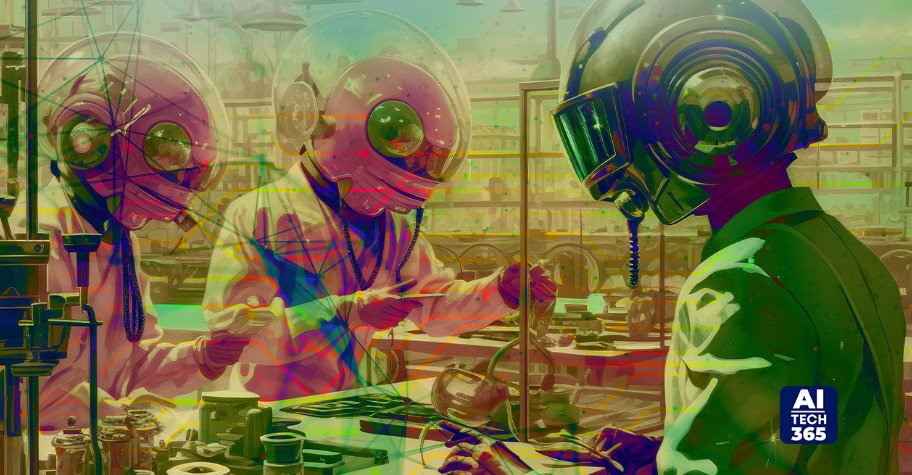The manufacturing industry has a long history of innovation, evolving from assembly lines to today's robotics revolution, all aimed at enhancing productivity and reducing costs. Amidst ongoing transformations, the integration of generative AI in manufacturing emerges as a pivotal trend.
Challenges such as disruptions in the supply chain and critical labor shortages present significant hurdles for the industry, with an estimated 45% loss in annual earnings projected for the average company over the next decade. This emphasizes the urgent need for creative solutions, with generative AI showing great promise. It has the potential to revolutionize maintenance workflows by swiftly identifying and resolving issues in real-time.
Generative AI, a subset of artificial intelligence focused on generating fresh data based on its training, finds extensive utility across various fields, including natural language processing (NLP), image generation, musical creation, and pharmaceutical research. Its application extends to manufacturing, where it emerges as a transformative force. But how exactly does it reshape the manufacturing industry? Let's explore further.
Advantages of Integrating Generative AI in Manufacturing:
1. Enhanced efficiency: Generative AI streamlines multiple stages of the production process, from design tasks to quality assurance procedures, speeding up manufacturing timelines and improving overall efficacy.
2. Cost savings: By using predictive maintenance to anticipate machinery malfunctions and enhancing quality control to minimize flaws, generative AI significantly reduces expenses associated with operational halts and inefficiencies.
3. Improved innovation: Generative design analyzes a wide array of design options within defined parameters, potentially leading to groundbreaking solutions and products.
4. Better decision-making: With its ability to quickly process extensive datasets, generative AI provides crucial insights to enhance strategic decision-making across various fields.
5. Reduced downtime: AI-driven predictive maintenance predicts machinery failures in advance, enabling proactive repairs during planned maintenance windows, thereby avoiding sudden failures and production losses.
Generative AI in Manufacturing Applications:
Generative AI, known for its exceptional data processing and comprehension capabilities, offers a versatile solution applicable to various domains beyond productivity and efficiency enhancements. Here are five examples where it plays a pivotal role in revolutionizing the manufacturing sector:
1. Machine-generated events monitoring: Predictive maintenance detects and addresses potential equipment malfunctions proactively, resulting in increased productivity and decreased maintenance expenditures.
2. Customer service automation: Manufacturers leverage artificial intelligence to streamline and expedite the resolution process for common interactions, enhancing customer service.
3. Document search and synthesis: Generative AI efficiently analyzes extensive archives of documents related to product development, extracting essential information for sales personnel and technicians.
4. Product/content catalog discovery: Producers utilize generative AI to align demands with purchased items' attributes, offering sales suggestions and optimizing decision-making capabilities.
5. Supply chain advisor: Gen AI enhances transparency within intricate networks, suggesting suitable suppliers and providing instant feedback on supply chain efficiency.
The Future of Generative AI in Manufacturing:
Generative AI holds immense promise to transform the manufacturing sector by offering real-time analytics, streamlining operations, and fostering innovation. While its adoption entails inherent risks and obstacles, effective mitigation strategies can address these concerns, enabling companies to leverage generative AI for sustainable growth and competitiveness in the industry.
In summary, generative AI is poised to revolutionize manufacturing in the coming years, offering companies the opportunity to stay ahead by embracing innovative technologies while mitigating potential risks.





Comments